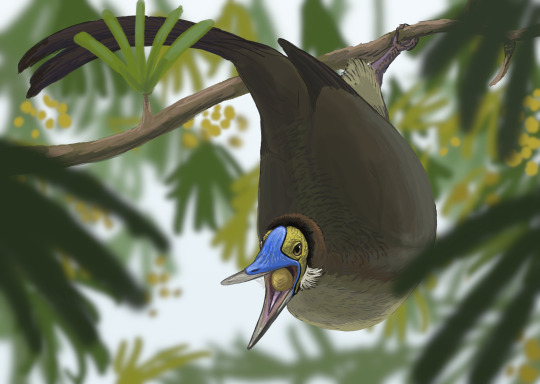#pentanogmius
Explore tagged Tumblr posts
Text

Niobrara encardia and his pilot children
#paleoart#speculative biology#speculative evolution#spec evo#lmao#art#paleontology#Niobrara#Niobrara encarcia#plethodid#bananogmius#pentanogmius#West interior seaway#fish#extinct fish#baby#baby fish#water art#water reflection#water refraction#actually#paleoblr#paleomedia#reference#to another#piece#of mine#shout out to those who were there#paleostream#artists on tumblr
29 notes
·
View notes
Text



Results from the #paleostream
Pentanogmius, Afrotapejara (a wish by @tadpoles-yay ) and Yuornis
1K notes
·
View notes
Text
Parasaurolophus under the Cloudy Sky

A Pair of Parasaurolophus walkeri in their native forest-wetland habitat which forms what is now the Dinosaur Park Formation in Alberta.

A Tylosaurus proriger shares its shallow water habitat with several fish species, including a pair of Pachyrhizodus caninus chasing a Pentanogmius evolutus at the bottom, as well as a Cretoxyrhina and Protosphyraena in the background.

Kronosaurus queenslandicus, a giant 11-meter-long (more than 36 ft) pliosaur from the Early Cretaceous (120-100 mya) of Australia, named after the leader of the Titans in Greek Mythology.

It is early morning on the grasslands of central China, and a herd of Chilotherium sp. are heading close to the wetlands with a flock of egret-like birds following them.
6 notes
·
View notes